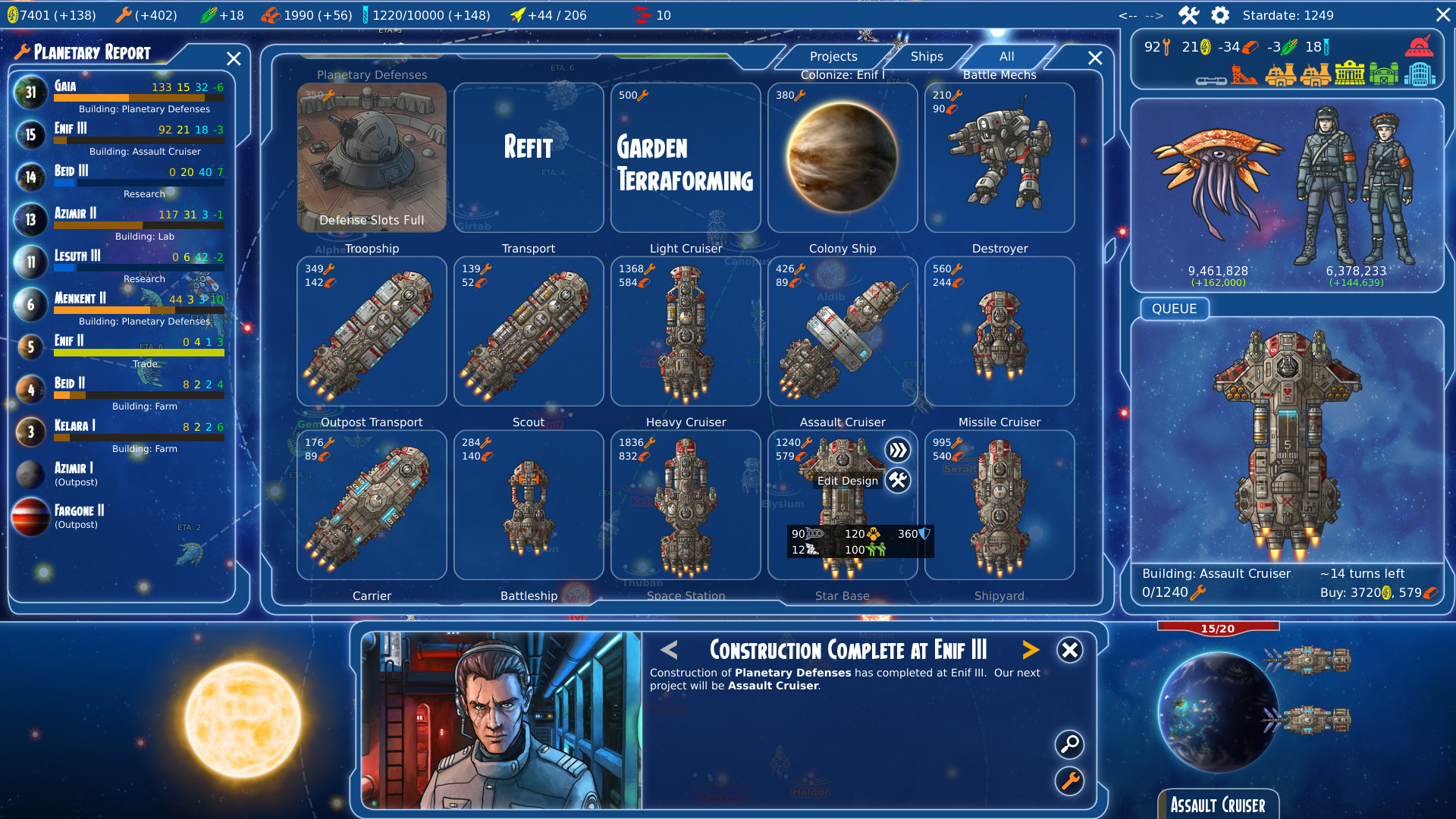The faction species and neutral species of Stars in Shadow are not created equal. This guide will show which ones are the most and least desirable for your stellar empire and why.
Introduction
Note that within each tier, species are presented in alphabetical order, not in a ranked order based on desirability. Refer to the descriptions rather than the order within a category to decide which species will best serve your needs.
Also note that this is NOT a ranking of the game’s factions. The Ashdar Huidar are a mid-tier species, but the Ashdar Imperial faction is excellent. The population units themselves are unremarkable, but they’re just one part of what makes up the faction. Their Ancient Stargate, early access to Stargate tech, superior home system, and immediate access to another species are just as important. Note that this analysis also focuses on species’ strengths as part of an empire, largely ignoring weaknesses you’ll face if that’s the only species you’ve got.
Stat Specialization
A species that produces more labor, trade, or science is better for a planet you’ve focused on labor, trade, or science. Clearly. There are also species that excel at growing food (or who don’t require food), which is also quite beneficial even though it isn’t a planetary specialization. It’s also worth noting that it’s not overly important which species you place on a mining-focused planet, but some extra food, trade, or research sure can’t hurt since it’s added to your empire’s total.
From the values on various planetary improvements, technologies, and abilities, it’s easy to place a roughly equal value on trade, science, and food and about half that on labor. Sure, that varies a little depending on your tech and whatnot, but it’s a decent estimation. Turning that into raw numbers (positive for production and negative for consuming food) and assuming a “high” fertility planet, that gives us the following.
- Highest: Phidi, Spice Mongers, Tinkers (harmonized)
- High: Haduir, Orthin, Tarib, Teros, Threshers, Yoral
- Average: Androids, Gremak, Humans, Pell, Tinkers (disconnected)
- Low: Algorians, Enfi, Lummox, Scavengers, Wrem
- Lowest: Gaiads, Slaves, Viscids, discontent population units
On planets without high fertility, some of our species take a bump down in the ratings while a few stay the same. (Some also get a little lower within their own ratings band without changing their grade.)
- Highest: Spice Mongers, Tinkers (harmonized)
- High: Phidi, Tarib
- Average: Androids, Haduir, Orthin, Pell, Teros, Tinkers (disconnected), Yoral
- Low: Gremak, Humans, Scavengers, Wrem
- Lowest: Algorians, Enfi, Gaiads, Lummox, Slaves, Threshers, Viscids, and discontent population units
This gives us a decent staring point when looking at the species of Stars in Shadow, but it is not the full picture. The biggest thing it shows in a vacuum is most neutral species really want to be on planets with high fertility.
Population Caps
In a planet’s information screen, you can click on any of its listed climate zones to see which species prefer that climate zone. Planets can have as few as just one climate zone and can have as many as four. If it’s not immediately apparent, more population on a planet is a good thing for many reasons: more improvement slots, more production, more income, more research… pretty much everything.
Traits
S-Tier
The Tarib are the lone neutral species in the S-Tier. They’ve got excellent productivity, even on planets without “high fertility,” and they eliminate the “hostile environment” penalty of Inferno planets, the planet type with the biggest hostile environment penalty in the game (-15 gold per turn). Of all the neutral species in the game, they’re the one I would happily play as a full-fledged faction even with a mediocre home system, ship roster, and secondary faction ability.
A-Tier
The Spice Mongers and Wrem are neutral species in the A-Tier. Spice Mongers are a little like Tinkers in that they negate the same “hostile environment” penalties and have the same strengths in terms of population caps. In contrast to Tinkers, though, Spice Mongers require food (making them more suited to “high fertility” planets), and they excel at trade rather than labor. Wrem have fairly low productivity scores, but they negate the -10 “hostile environment” penalty of Barren planets and have the highest population cap for the Airless climate zone. This makes them excellent settlers for Cold Barren planets (because cold planets cannot be terraformed) and cohabitation partners for Orthin on Iceball planets, which also have Airless climate zones.
B-Tier
Androids, Pell, and Threshers all occupy this tier for the neutral species. All three of these species are extreme specialists rather than good backbone species for your empire. Androids build things. Their labor rating (4.0) is unsurpassed, and they don’t need food, but they’re not much use for anything else. Pell are scientists. They’re the only species other than the Orthin with 200% of the standard science production. They also don’t need food, but like Androids, they’re only good at one thing. Threshers are good at producing food and increasing population caps on water worlds. In some ways, they’re the “poor man’s Phidi,” but they excel at easing your empire’s food burden rather than helping its economy directly.
C-Tier
Algorians are the lone C-Tier neutral species. You’ll want to restrict them to “high fertility” planets, but they’re decent under those conditions. Their “friendly” trait makes them easier to manage in the early game, and they’re a decent substitute for Yoral from a population cap standpoint. They’re decent in a variety of climate zones and are tied with Yoral for best species on the Ice.
D-Tier
Lummox are the lone D-Tier neutral species. They’ve got the productivity stats of Algorians, but they don’t have the friendly trait, and they’re not above average in Ice, Ocean, or Arid climate zones like Algorians are.
F-Tier
They’re not discrete species, but enslaved population units of any species fall below the Scavengers, and discontent population units of any species are nearly indistinguishable from Viscids.

